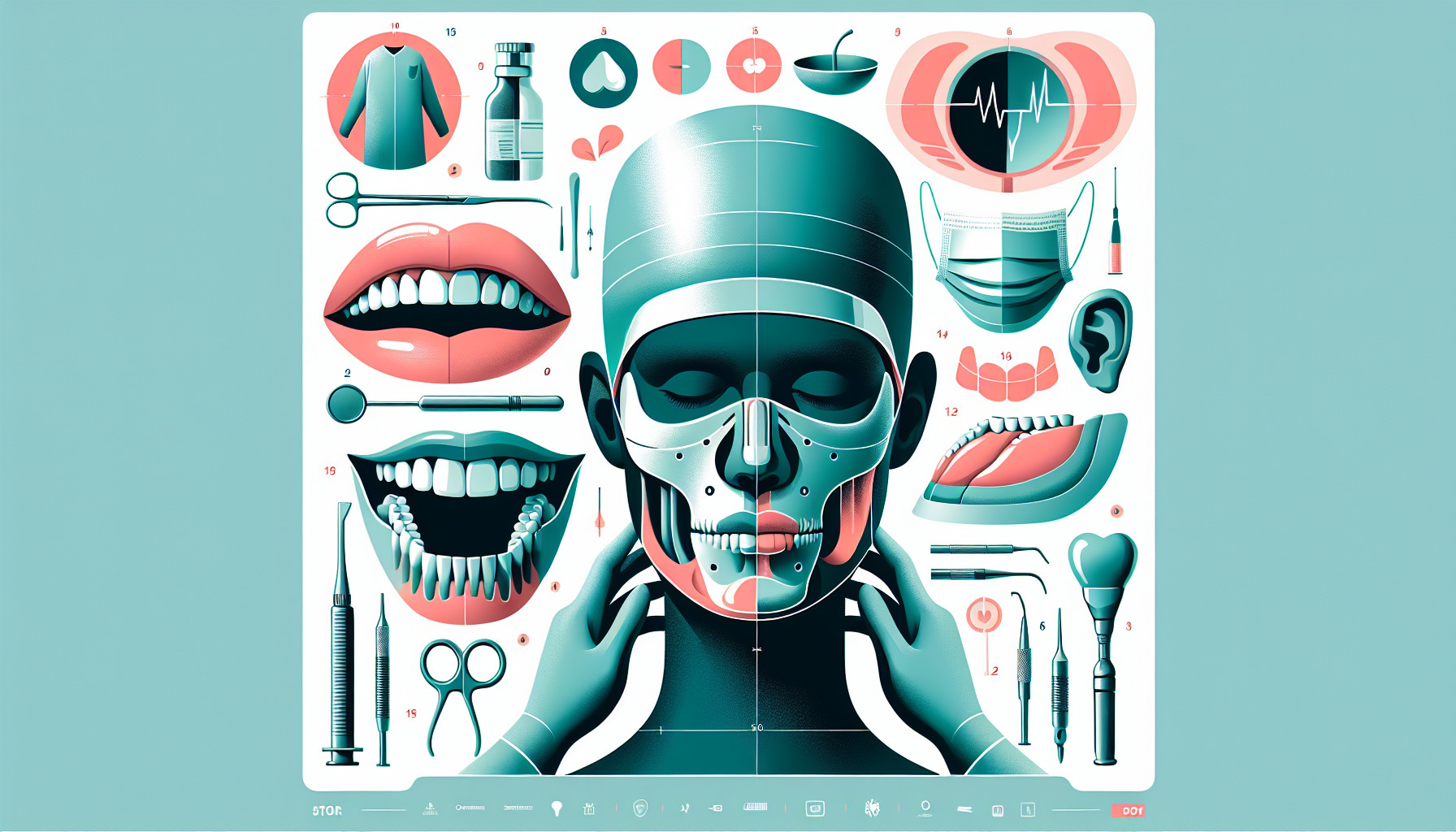Our Summary
This research paper discusses a new method for dental implant surgery. Traditional methods have some issues, like not being able to see clearly if something gets in the way, and problems with lining up the features correctly. This can limit what the dentist can do and may even cause damage to important parts of the mouth.
The researchers suggest using a system called trinocular stereo vision, which uses three cameras instead of two, to place dental implants. This technique improves the accuracy of the procedure and makes it safer. If one camera is blocked, the other two can still provide a clear view. The system also gives tips to doctors, improving the procedure’s safety.
Some other technologies were also updated to make the process even better. They created a new algorithm to fix the problem of lining up the features correctly. They used special templates with light markers attached to the jaw to measure head movement and find the correct position for the surgery instruments. They also developed algorithms for the 3D display of the surgical instrument in real time.
The researchers tested their system and found that it performed well, improving the accuracy of the procedure. The results showed only minor deviations in entry and exit points and the angle of the implant, proving the system’s feasibility and accuracy.
FAQs
- What is the trinocular stereo vision system and how does it improve dental implant surgery?
- What other technologies were updated to improve the accuracy of dental implant surgery?
- What were the results when the researchers tested their new system for dental implant surgery?
Doctor’s Tip
One helpful tip a doctor might tell a patient about dental implant surgery is to follow post-operative care instructions diligently. This may include avoiding hard or sticky foods, practicing good oral hygiene, and attending follow-up appointments as scheduled. By following these instructions, the patient can help ensure a successful and speedy recovery process.
Suitable For
Patients who are typically recommended for dental implant surgery include those who have lost one or more teeth due to trauma, decay, or other reasons. Dental implants are a popular option for replacing missing teeth because they are durable, long-lasting, and look and function like natural teeth.
Patients who have good oral health and sufficient bone density in the jaw are good candidates for dental implant surgery. It is important for patients to have healthy gums and be committed to maintaining good oral hygiene after the procedure to ensure the success of the implants.
Patients who are not good candidates for dental implant surgery include those who smoke, have uncontrolled diabetes, have a weakened immune system, or have certain medical conditions that may affect healing. It is important for patients to discuss their medical history and any concerns with their dentist before undergoing dental implant surgery.
Overall, dental implant surgery is a safe and effective option for replacing missing teeth, and with advancements in technology and techniques, the procedure has become even more accurate and successful. Patients who are interested in dental implants should consult with their dentist to determine if they are a good candidate for the procedure.
Timeline
Before dental implant surgery:
- Patient consults with a dentist to determine if they are a good candidate for dental implants.
- X-rays and CT scans are taken to assess the jawbone and surrounding structures.
- Treatment plan is created, including the number of implants needed and the location for placement.
- Patient undergoes any necessary pre-surgery procedures, such as bone grafting or tooth extraction.
During dental implant surgery:
- Anesthesia is administered to ensure the patient is comfortable during the procedure.
- The dentist makes an incision in the gum to expose the jawbone.
- A hole is drilled into the jawbone and the implant is securely placed.
- The gum is sutured closed and a temporary crown may be placed over the implant.
After dental implant surgery:
- Patient may experience some discomfort and swelling in the days following the surgery.
- Follow-up appointments are scheduled to monitor healing and remove any sutures.
- The implant fuses with the jawbone over a period of several months in a process called osseointegration.
- Once the implant has fully healed, a permanent crown is attached to complete the restoration.
Overall, the timeline for dental implant surgery can vary depending on the individual patient’s needs and healing process. However, with advancements in technology and techniques, dental implant surgery has become a safe and effective solution for replacing missing teeth.
What to Ask Your Doctor
- What is the success rate of dental implant surgery using trinocular stereo vision compared to traditional methods?
- How does the use of trinocular stereo vision improve the accuracy and safety of dental implant surgery?
- Are there any additional risks or complications associated with using this new technology for dental implant surgery?
- How does the new algorithm for lining up features correctly help in the placement of dental implants?
- Can you explain how the special templates with light markers are used to measure head movement and find the correct position for the surgery instruments?
- How does the real-time 3D display of the surgical instrument help in improving the accuracy of dental implant surgery?
- Have there been any clinical studies or trials conducted to validate the effectiveness of using trinocular stereo vision for dental implant surgery?
- What are the specific benefits of using trinocular stereo vision for patients undergoing dental implant surgery?
- Are there any additional costs associated with using this new technology for dental implant surgery?
- How experienced are you and your team in using trinocular stereo vision for dental implant surgery, and what outcomes have you seen in your practice?
Reference
Authors: Bi S, Wang M, Zou J, Gu Y, Zhai C, Gong M. Journal: Sensors (Basel). 2022 Mar 27;22(7):2571. doi: 10.3390/s22072571. PMID: 35408186
